Queen Elizabeth Hospital
for Children
Hackney Road, Bethnal Green, E2 8PS
Medical dates:
Medical character:
1867 - 1996
Acute paediatrics
The Dispensary for Women and Children in Virginia Road, Bethnal Green, was founded in 1867 by two Quaker sisters, Ellen and Mary Philips, in the wake of a cholera epidemic. They soon decided that only children should be treated; the work was transferred shortly after to 125 Hackney Road, as the North Eastern Hospital for Children. The Hospital had 12 cots.
In 1870 the freehold of a building on the corner of Hackney Road and Goldsmiths Row was acquired and the Hospital moved there. During the late 19th century new ward buildings were added and the Hospital was greatly expanded.
In 1907 it was renamed the Queen's Hospital for Children.
In 1911 a country branch for convalescent children - the Little Folks Home - was opened in Bexhill-on-Sea.
In 1938 a new Out-Patients Department was opened.
During WW2 the Bexhill-on-Sea branch was evacuated to Woodham Rise in Woking.
In 1942 the Hospital amalgamated with the Princess Elizabeth of York Hospital for Children in Glamis Road, Shadwell, to form the Queen Elizabeth Hospital for Children. A country branch in Banstead, Surrey - the Banstead Wood Country Hospital - opened in 1946. The Queen Elizabeth Group Hospital Management Committee, formed in 1948 at the founding of the NHS, administered the three sites.
The Shadwell branch closed in 1963 and the Hackney Road branch joined with the Hackney Group, forming the Hackney and Queen Elizabeth Group. In 1968 it was placed under the administration of the Hospital for Sick Children in Great Ormond Street. In 1994, when the Hospital for Sick Children became an NHS Trust, the Queen Elizabeth Hospital joined the East London and The City Health Authority until 1996, when it became part of the Royal Hospitals Trust (now Barts Health NHS Trust). Services relocated to the Royal London Hospital and the Hackney Road buildings became vacant.
Present status (December 2007)
The redevelopment has been given the unlikely name of Mettle&Poise. |
|---|
N.B. Photographs obtained in December 2007
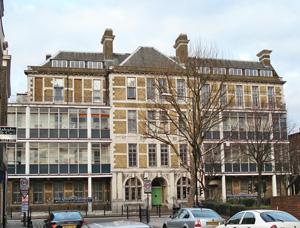
The Hackney Road frontage.
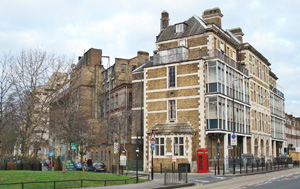
The principal block on the corner of Hackney Road and Goldsmiths Row. The City Farm and Park are to the left.
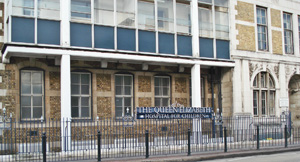
The name of the Hospital is still mounted on the railings on Hackney Road (above and below).
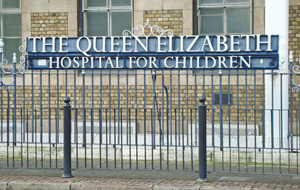

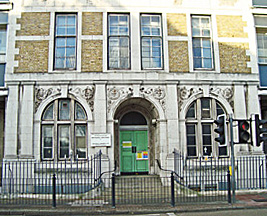
The main entrance on Hackney Road.
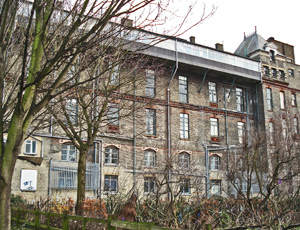
The Goldsmiths Row frontage.
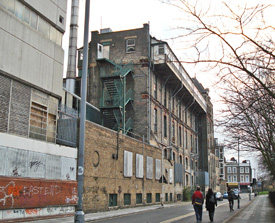
Old buildings in Goldsmiths Row.
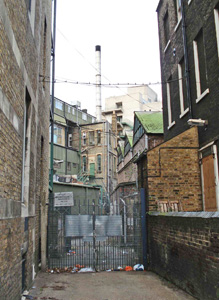
Interior of the campus off Hackney Road.
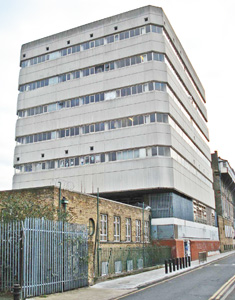
The Charles Hayward Research Building in Goldsmiths Row.
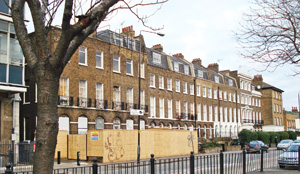
The terraced housing at 337-373 Hackney Road - next to the former Hospital - is privately occupied and Grade II listed. The main Hospital building at 335 Hackney Road is not listed, however.
N.B. Photographs obtained in September 2012
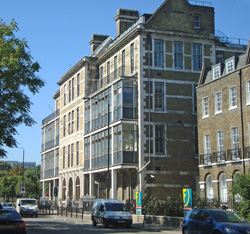
The Hackney Road frontage.
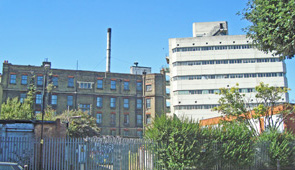
The buildings, as seen from Kay Street, have remained vacant since the Hospital closed in 1996 (above and below).
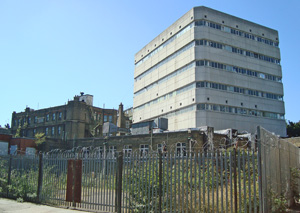
N.B. Photographs obtained in July 2016
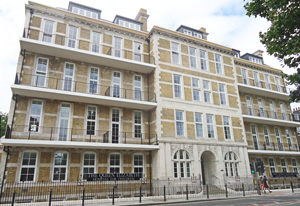
The Mettle&Poise frontage on Hackney Road. The glassed-in balconies are no more but, rather confusingly, the Hospital signage remains on the railings.
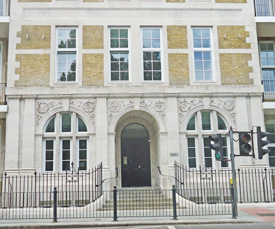
It is unclear whether the main entrance of the former Hospital is in use.
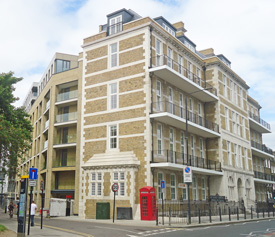
New apartments have been built along Goldsmiths Row at the back of the Hackney Road building.
Published by London Cassell & Co between 1871 and 1933, 'Little Folks' was a children's magazine. It encouraged its readers to donate money for projects that would improve the lives of less fortunate children. In this way it provided institutions such as children's wards and homes, and amentities such as public drinking fountains.
The Little Folks Home was demolished in 1975 and the site redeveloped.
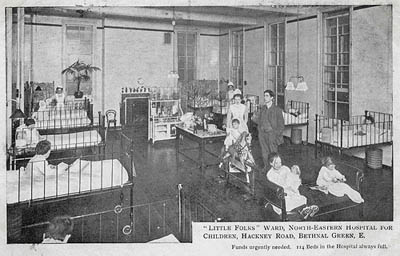
The Little Folks Ward at the North-Eastern Hospital for Children at the turn of the century, when the Hospital had 114 beds.
(Photograph reproduced by kind permission of
robmcrorie - flickr)
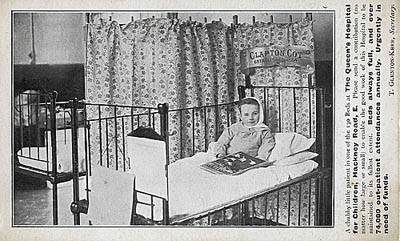
A child in a named bed - the Clapton Cot - in one of the wards. At this time, just before WW1, the Hospital had 130 beds. The postcard illustrates an appeal for funds.
(Photograph reproduced by kind permission of
robmcrorie - flickr)
References (Accessed 21st July 2016)
Kosky J (ed) 1992 Queen Elizabeth Hospital for Children: 125 Years of Achievement. London, The Hospitals for Sick Children.
http://discovery.nationalarchives.gov.uk
http://en.wikipedia.org
http://hackneycitizen.co.uk
http://lovingdalston.co.uk
http://spitalfieldslife.com
http://vads.ac.uk
www.aim25.ac.uk
www.architecture.com (1)
www.architecture.com (2)
www.atlasobscura.com
www.bartshealth.nhs.uk
www.currell.com
www.derelictlondon.com
www.eastlondonadvertiser.co.uk
www.eastlondonlines.co.uk
www.familymosiac.co.uk
www.hackneygazette.co.uk
www.hta.co.uk
www.london.gov.uk
www.prp.gp.com